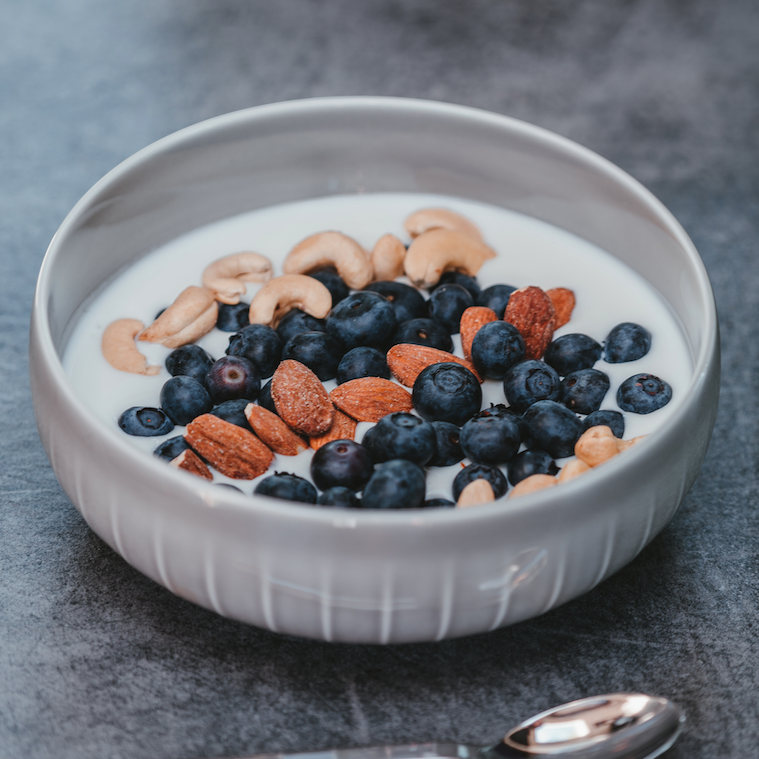
Fibers are a type of carbohydrate. But have you ever noticed how dietary fibers are displayed separately on the table of nutritional facts on the packaging of your food? If they are just carbohydrates, why do they receive special treatment on labels of food packaging? It turns out; fibers provide health benefits far beyond only their caloric value. Similarly, many common “superfoods” boast high contents of fibers as a defining characteristic. But why should we care about the amount of fiber we eat?
A healthy diet is the groundwork for a healthy lifestyle, body, and brain. Yet, in most cases, when we eat dietary fibers, which are long chains of carbohydrates known as “polysaccharides”, our body can’t deal with them by itself. Human digestive enzymes aren’t capable of breaking down most types of dietary fiber. Luckily, the microbes living in our gut often do have the right enzymes for the job. When gut microbes ferment the dietary fiber we eat, short-chain fatty acids (SCFA) result as a byproduct. So what makes these SCFAs beneficial? For one, they have been shown to help the body start an immune response when needed, and stop this response in time, to reduce damage due to prolonged and excessive inflammatory activity (1). Good examples are acetate and butyrate, two of the more common SCFAs, which have powerful immune-modulatory properties (1).
But how do SCFAs exert anti-inflammatory effects?
Previous studies have found that SCFAs such as acetate, can bind to specific receptors on cells of the immune system, known as G-protein coupled receptors (in particular receptor number 43, or GPCR43) (2). Using this pathway, SCFAs have the ability to regulate the production of cytokines. Cytokines are a diverse group of proteins that influence the immune response in a number of ways. Specifically, researchers have found that when genetically manipulating cells to not express GPCR43, these cells behave differently: they produce higher levels of pro-inflammatory cytokines like interleukin-17 and lower levels of anti-inflammatory cytokines like interleukin-10 (3). This suggests that SCFAs binding to GPCR43 in cells of the immune system lowers excessive inflammatory responses. In other words, SCFAs help to downregulate inflammation.
Another benefit of SCFAs is their role in maintaining the function of the epithelial barrier of the colon. To achieve this, another common SCFA, butyrate, is used by epithelial cells as the main energy source (1). With this energy, the epithelial barrier can be kept shut to keep out pathogens, preventing potential inflammation. On top of that, SCFAs control unwanted cell division and thereby suppress tumor formation (1).
So how can I provide my body with SCFAs?
Unfortunately, the classical Western diet, which is characterized by high red meat, sugar, and fat consumption, does not contain a sufficient amount of vegetables and fruits. This in turn can lead to elevated numbers of chronic inflammatory disorders including multiple sclerosis and asthma (4). Yet, fruits and vegetables among others are excellent sources of plant fiber. Especially leafy greens like spinach or kale, berries such as raspberries or blackberries, nuts and seeds, garlic, legumes like lentils or peas, and grains contain relatively large amounts of fiber. Adding some of these fiber sources to your daily diet will surely improve your overall wellbeing and may reduce inflammation in the digestive tract.
